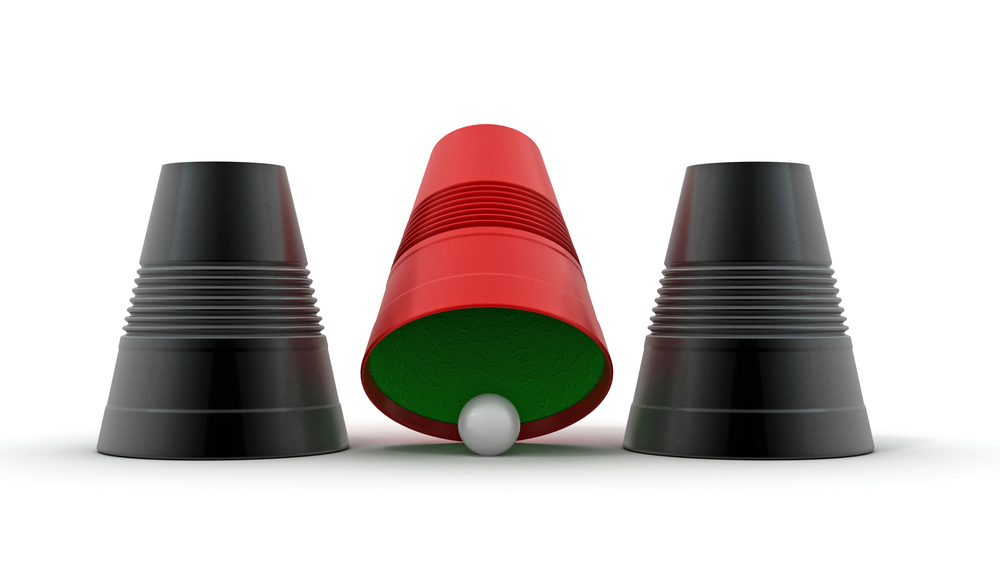Albuminuria protein & Pre-test Probabilities
Posted on 29th April 2014 by Abdelrahman Yousry

Key message
When screening for kidney disease, in office, a quantitative test for albuminuria should be used.
Albuminuria screening
Kidney disease is marked by a cardinal sign of albuminuria, protein spilling into the urine. In those with diabetes, hypertension and chronic kidney disease screening for albuminuria is done to help determine the kidney disease risk and progression of kidney disease, in these patients.
But how is this screening done quickly and cheaply?
Doctors can choose to do this in office, with a “point-of-care” (POC) test for albuminemia, enabling them to see instantaneous results to help guide the next step of a patients management, faster. Are these tests good enough at identifying patients with albuminemia from those who do not? That’s what these authors attempted to find out.
“We systematically reviewed diagnostic accuracy studies of POC tests for urinary albumin-creatinine ratio to determine whether any have sufficient accuracy to be considered for use in screening patients at risk for renal disease”
Semi-quantitative vs. Quantitative POC testing
Simply put, a semiquantitative test (also called qualitative) is “dipstick” which essentially tells you if there is protein in the urine, or not. The dipsticks can be read by a machine, to reduce human subjectivity.
A quantitative test, can tell you if there is protein in the urine, and if so, how much of it. This is also machine read.
What the authors found
In this systematic review and meta-analysis, the authors reviewed 16 cross-sectional studies that compared the accuracy of ambulatory setting, machined read, POC tests of the albumin-creatinine ratio, with that of standard laboratory measurements. This amounted to 3356 patients.
They extracted the estimates of sensitivity, specificity, true-positives, false-positives, true-negatives and false-negatives.
The pooled results showed:
Semiquantitative POC test: Sensitivity – 76%; Specificity – 93%
Quantitative POC test: Sensitivity – 96%; Specificity – 98%
How good was the evidence?
Given the review and meta-analysis nature of this study, with 3356 patients, it gives the evidence a nice robust backbone. Though the authors do note, that the accuracy estimates were based on a single urine measurement. Given normal biological variation, multiple urinalysis should be collected. The current diagnostic guidelines, for example, require that diagnosis of albuminuria be based on at least 2 of 3 samples collected in a 6-month period.
Also, the authors note that there was no international reference mentioned for urinary albumin measurements, leaving the comparator laboratory method open to internal, local biases.
What does this change?
The current evidence-based recommendation by the American Diabetes Association (ADA) and the American Association of Clinical Chemistry (AACC) have suggested that semi-quantitative screening tests should have a clinical sensitivity exceeding 95% if they are to be used for detecting albuminuria.
In comparing both semi-quantitative and and quantitative POC test to this standard, the semi-quantitative test falls short.
Since the technical performance of the quantitative POC test for albuminuria is equivalent to that of laboratory tests, and its diagnostic accuracy meet the above standard, this opens the possibility of larger in-office screening and diagnosis of albuminuria and kidney disease.
Full speed ahead
While we don’t know the extent to which this will impact the current albuminemia diagnosis and screening recommendations, there is good chance clinicians may be able to confidently use an in-office tool for kidney screening. This could help them speed up diagnosis and the management course of their at risk patients
References
McTaggart M, Newall R, Hirst J, et al. Diagnostic Accuracy of Point-of-Care Tests for Detecting Albuminuria: A Systematic Review and Meta-analysis. Ann Intern Med. 2014;160:550-557.
Find more information regarding the AACC’s recommendations on albuminuria




No Comments on Albuminuria protein & Pre-test Probabilities